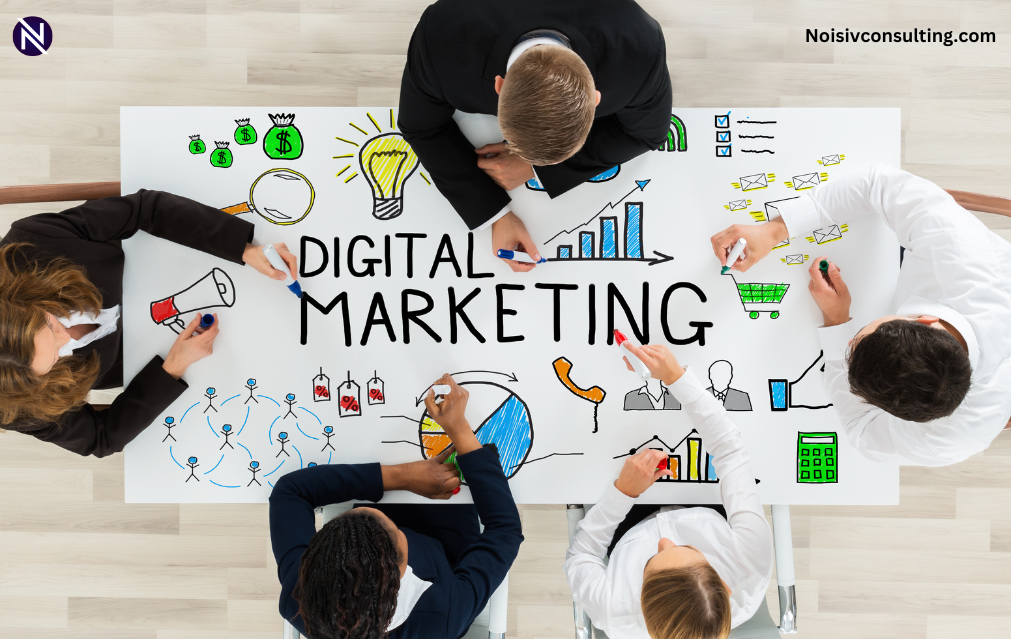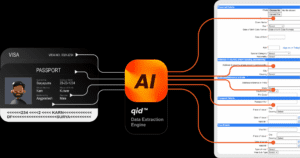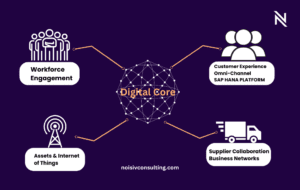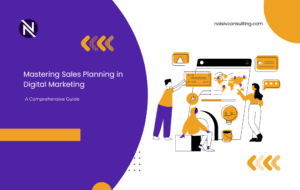Mastering Digital Marketing Strategies
In the fast-paced digital landscape, effective marketing strategies are the driving force behind business growth and success. From planning and reaching the target audience to converting leads and engaging customers, every step plays a crucial role in achieving marketing objectives. In this comprehensive guide, we’ll explore the key components of digital marketing strategies and how businesses can leverage them to maximize their online presence and drive results.
1. Plan: Setting the Foundation
Before diving into the intricacies of digital marketing, it’s essential to develop a comprehensive plan that outlines your objectives, target audience, and tactics. Here’s how to get started:
- Define Objectives: Clearly articulate your marketing goals, whether it’s increasing brand awareness, generating leads, driving website traffic, or boosting sales.
- Know Your Audience: Conduct market research to understand your target audience’s demographics, preferences, and pain points. This insight will help tailor your messaging and content effectively.
- Choose the Right Channels: Identify the most suitable digital marketing channels to reach your audience, whether it’s search engines, social media platforms, email marketing, or content marketing.
- Allocate Resources: Determine your budget, manpower, and technology requirements to execute your digital marketing plan effectively. Allocate resources wisely to maximize ROI.
2. Reach: Connecting with Your Audience
Once you’ve established your plan, the next step is to reach your target audience and drive awareness of your brand and offerings. Here’s how to expand your reach:
- Search Engine Optimization (SEO): Optimize your website and content for search engines to improve visibility and organic traffic. Focus on keyword research, on-page optimization, and link building to rank higher in search engine results pages (SERPs).
- Social Media Marketing: Leverage social media platforms to engage with your audience, share valuable content, and build brand awareness. Develop a consistent posting schedule, interact with followers, and use targeted advertising to reach specific demographics.
- Content Marketing: Create high-quality, relevant content that resonates with your audience and provides value. Whether it’s blog posts, videos, infographics, or podcasts, compelling content attracts attention and drives engagement.
3. Act: Converting Leads into Customers
Once you’ve captured the attention of your audience, the next step is to encourage action and convert leads into customers. Here’s how to drive conversions:
- Lead Generation: Implement lead generation strategies such as gated content, email sign-ups, or special offers to capture contact information and nurture leads.
- Email Marketing: Develop personalized email campaigns to nurture leads, promote products or services, and drive conversions. Segment your email list based on demographics, interests, and behaviours for targeted messaging.
- PPC Advertising: Launch pay-per-click (PPC) ad campaigns on search engines and social media platforms to drive targeted traffic to your website. Use compelling ad copy, strategic keyword targeting, and A/B testing to optimize campaign performance.
4. Convert: Transforming Prospects into Customers
Once you’ve captured leads, it’s time to focus on converting them into paying customers. Here are some strategies to drive conversions:
- Conversion Optimization: Optimize your website and landing pages for conversions by improving page load times, simplifying the checkout process, and including clear calls-to-action (CTAs).
- Remarketing: Retarget website visitors who have shown interest but haven’t converted with personalized ads to encourage them to complete their purchase.
5. Engage: Building Lasting Relationships
Beyond the initial sale, it’s crucial to engage and retain customers to foster loyalty and encourage repeat business. Here’s how to build lasting relationships:
- Customer Relationship Management (CRM): Implement a CRM system to manage customer interactions, track purchase history, and personalize communication to nurture ongoing relationships.
- Social Media Engagement: Continue engaging with customers on social media by responding to comments, addressing concerns, and sharing user-generated content to foster a sense of community.
- Email Newsletters: Stay in touch with customers through regular email newsletters featuring updates, promotions, and valuable content to keep your brand top-of-mind.
Conclusion
In today’s digital age, mastering digital marketing strategies is essential for businesses looking to thrive and grow. By following a strategic approach encompassing planning, reaching, acting, converting, and engaging, businesses can maximize their online presence, drive conversions, and build lasting relationships with their audience. With creativity, consistency, and a customer-centric mindset, businesses can unlock the full potential of digital marketing and achieve sustainable growth in the competitive digital landscape.








